Where can I get affordable custom mailer boxes?
Need custom mailer boxes but shocked by the price? Finding suppliers that fit your budget can feel like a maze. Explore ways to get quality boxes without overspending.
You can find affordable custom mailer boxes by researching online packaging suppliers (like Packlane, Lumi, Arka), checking with local box manufacturers, or even exploring marketplaces like Alibaba for bulk orders. Comparing quotes from multiple sources is key to finding the best price for your specific needs.
Finding the right supplier is just the first step. Understanding why costs vary and how to get the best value helps you make smarter choices for your business. Let's dig into how you can navigate the world of custom packaging effectively.
How can you get free mailer boxes?
Want custom boxes but have absolutely no budget for them? The idea of getting them free sounds great, but seems impossible. It's extremely rare, but let's look at the possibilities.
Getting custom mailer boxes for free is highly unlikely due to production costs. However, major shipping carriers like USPS, UPS, and FedEx offer free standard shipping boxes if you use their services. These won't have your branding but cover basic shipping needs.
!
Diving Deeper into Free Boxes
Getting something truly custom for free is usually not a sustainable business model for suppliers. Here's a breakdown:
- Why Custom Costs: Creating custom boxes involves specific materials, unique printing plates or digital setups, die-cutting tools for shape, and labor. These costs have to be covered. Suppliers can't typically absorb these for free orders.
- Carrier Boxes:
- Pros: Genuinely free, readily available, sturdy.
- Cons: Standard sizes only, carrier branding is prominent, no custom branding allowed, usually requires using that carrier's specific service level.
- Promotional Offers: Very occasionally, a packaging supplier might run a promotion offering a small discount or a limited number of 'free' boxes, but this is often tied to a much larger paid order or specific conditions. It's not a reliable source for ongoing free supply.
- Near-Free Alternatives: If budget is the absolute primary concern, consider buying plain, standard-sized mailer boxes in bulk (which significantly lowers the per-unit cost) and using custom labels or stamps for branding. This gives a degree of customization at a much lower price point than fully custom-printed boxes. For businesses shipping high volumes, exploring in-house production might eventually become the most cost-effective path, though it requires significant initial investment in machinery like we provide at Kylin Machine.
Why are custom mailer boxes often so expensive?
Got a quote for custom mailers and felt the sticker shock? It's frustrating when costs seem high and hard to justify. Understanding the factors driving the price helps clarify things.
Custom mailer boxes are expensive due to material costs (quality, finish), printing complexity (number of colors, coverage), structural customization (die-cuts, inserts), order quantity (smaller orders have higher per-unit costs), and initial setup fees (like printing plates or die-cutting tools).
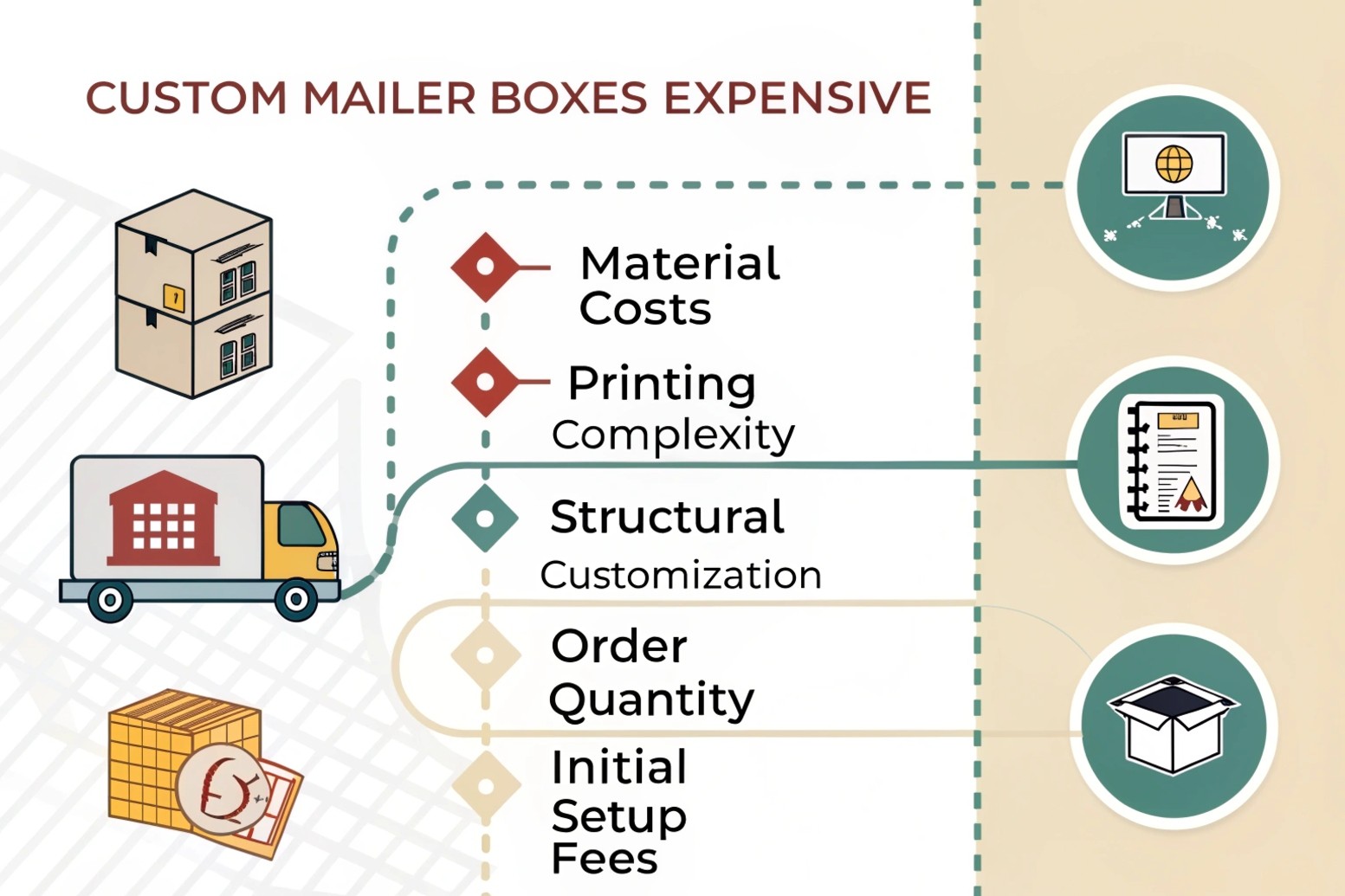
Breaking Down the Costs
Several elements contribute to the final price of a custom mailer box. Knowing these can help you adjust your design or order to potentially lower costs:
- Material: The type of corrugated board (e.g., E-flute, B-flute), its strength (ECT rating), and the paper finish (kraft, white, coated) impact price. Premium materials cost more.
- Printing:
- Method: Offset printing (better for large runs, high quality) vs. digital printing (better for small runs, variable data).
- Colors: Each additional color increases complexity and cost, especially in offset printing which requires separate plates. Full-color (CMYK) is common but priced accordingly. Printing inside the box also adds cost.
- Die-Cutting & Tooling: Custom shapes or sizes require a unique cutting die. The cost of creating this die is often a one-time setup fee, spread across the first order. Simple shapes are cheaper than complex ones.
- Labor & Manufacturing: Assembly, gluing (if needed), and quality control involve labor costs.
- Quantity: This is a huge factor. Setup costs are spread over the number of boxes produced. A small order (e.g., 100 boxes) will have a much higher per-unit cost than a large order (e.g., 5,000 boxes) because the setup cost is divided among fewer items.
- Shipping: Don't forget the cost of shipping the finished boxes to you. Boxes are bulky, even when flat-packed.
Here's a simple comparison:
| Feature | Basic Mailer | Premium Mailer | Cost Impact |
|---|---|---|---|
| Material | Standard Kraft | White Coated | Higher |
| Printing | 1-Color Logo | Full-Color, Inside | Higher |
| Quantity | 5000 units | 250 units | Higher |
| Structure | Standard Mailer | Custom Insert + Shape | Higher |
Understanding these helps you discuss options with suppliers to find a balance between features and budget. For very premium items, sometimes businesses opt for rigid boxes, which offer superior protection and presentation – these are often produced using specialized equipment like ours.
Are custom shipping boxes really worth the investment?
You see the higher cost of custom boxes compared to plain ones. Is it just an extra expense, or does it actually provide value? Deciding if it's worth it requires weighing the benefits.
Yes, custom shipping boxes are often worth the investment. They act as mobile billboards for your brand, enhance the customer unboxing experience, offer better product protection with a custom fit, and project a more professional image, potentially increasing perceived value.
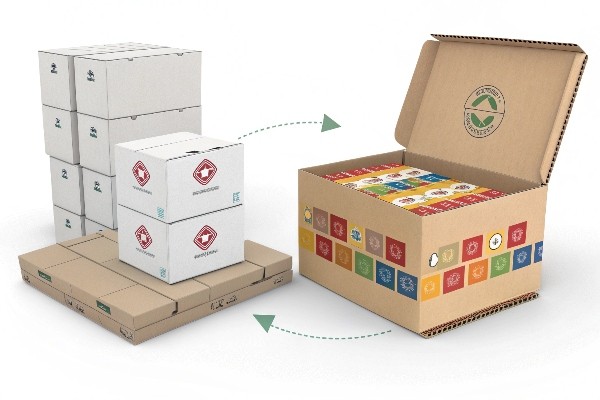
Evaluating the Worth of Custom Boxes
Investing in custom packaging isn't just about aesthetics; it's a strategic decision. Let's look at the tangible and intangible returns:
- Branding Power: Your logo and brand colors on the box increase visibility from the moment it lands on a doorstep. It reinforces brand identity and acts as passive marketing throughout its journey. Think of it as a mini-billboard.
- Customer Experience: The "unboxing" experience is a critical touchpoint, especially in e-commerce. A well-designed custom box feels more special and thoughtful than a generic one. This can lead to positive reviews, social media shares, and increased customer loyalty.
- Product Protection: Custom boxes can be designed to fit your product perfectly, potentially reducing the need for excessive void fill (like bubble wrap or packing peanuts). A snug fit means less movement during transit, decreasing the risk of damage.
- Professionalism & Perceived Value: Custom packaging signals that you care about details and quality. This can elevate the perceived value of the product inside. For certain items, like electronics or high-end goods such as jewelry boxes, custom packaging is almost expected. Using high-quality rigid boxes, often made with machines like the ones we build at Kylin Machine, can significantly boost this perception.
When Might It Not Be Worth It? - If your budget is extremely tight and margins are thin.
- If you sell very basic, functional commodity products where branding is less critical.
- If your primary sales channel doesn't emphasize brand experience (e.g., some B2B contexts).
Ultimately, the decision depends on your brand strategy, target audience, product type, and budget. Calculate the potential ROI not just in direct sales, but also in brand awareness and customer satisfaction.What's the real difference between a mailer box and a shipping box?
You hear "mailer box" and "shipping box" used, sometimes interchangeably. Are they the same thing, or is there a key difference? Ordering the wrong type can be costly or unprofessional.
"Shipping box" is a broad term for any box used for shipping. A "mailer box" typically refers to a specific style, often a roll-end tuck-top (RETT) design made from corrugated cardboard, popular for e-commerce and subscription boxes due to its presentation and easy assembly.
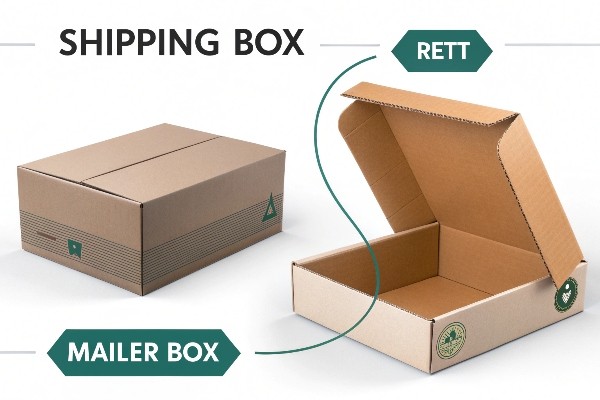
Mailers vs. Shippers: Key Distinctions
While both are used for shipping, their design and typical applications differ:
- Mailer Box (e.g., RETT - Roll End Tuck Top):
- Style: Usually die-cut, folding design often with locking tabs or flaps, creating a lid attached to the base. Think of a pizza box or a typical subscription box. Often made from E-flute or B-flute corrugated board.
- Assembly: Generally easy to assemble without tape (though tape is often added for security).
- Presentation: Considered more presentable, often used when the unboxing experience matters. Can be easily printed inside and out.
- Use Cases: E-commerce shipments, subscription boxes, gift boxes, marketing kits.
- Shipping Box (e.g., RSC - Regular Slotted Container):
- Style: The most common type of cardboard box. All flaps have the same length, and the two outer flaps meet at the center of the box. Made from various strengths of corrugated board.
- Assembly: Requires tape or glue to close the top and bottom flaps.
- Presentation: More utilitarian, focused on strength and stacking efficiency rather than presentation.
- Use Cases: Bulk shipping, moving boxes, storing inventory, transporting goods where function outweighs form.
Here's a table summarizing the key differences:
| Feature | Mailer Box (RETT style) | Shipping Box (RSC style) |
|---|---|---|
| Typical Style | Roll-End Tuck-Top, Die-Cut | Regular Slotted Container |
| Assembly | Often self-locking, less tape | Requires tape/glue sealing |
| Presentation | Higher, good for unboxing | Utilitarian, functional |
| Common Use | E-commerce, Subscriptions | Bulk transport, Moving |
| Customization | Easily printed inside/out | Usually printed outside |
Knowing the difference helps you choose the right type for your product and purpose. At Kylin Machine, we focus on machinery for creating high-quality, often complex packaging solutions, including the capability to produce premium rigid boxes that offer an even higher level of presentation than standard mailers.
Conclusion
Finding affordable custom mailer boxes involves research, comparing suppliers, and understanding cost drivers. Decide if the branding and experience benefits outweigh the costs for your specific business needs. Consider all options carefully.


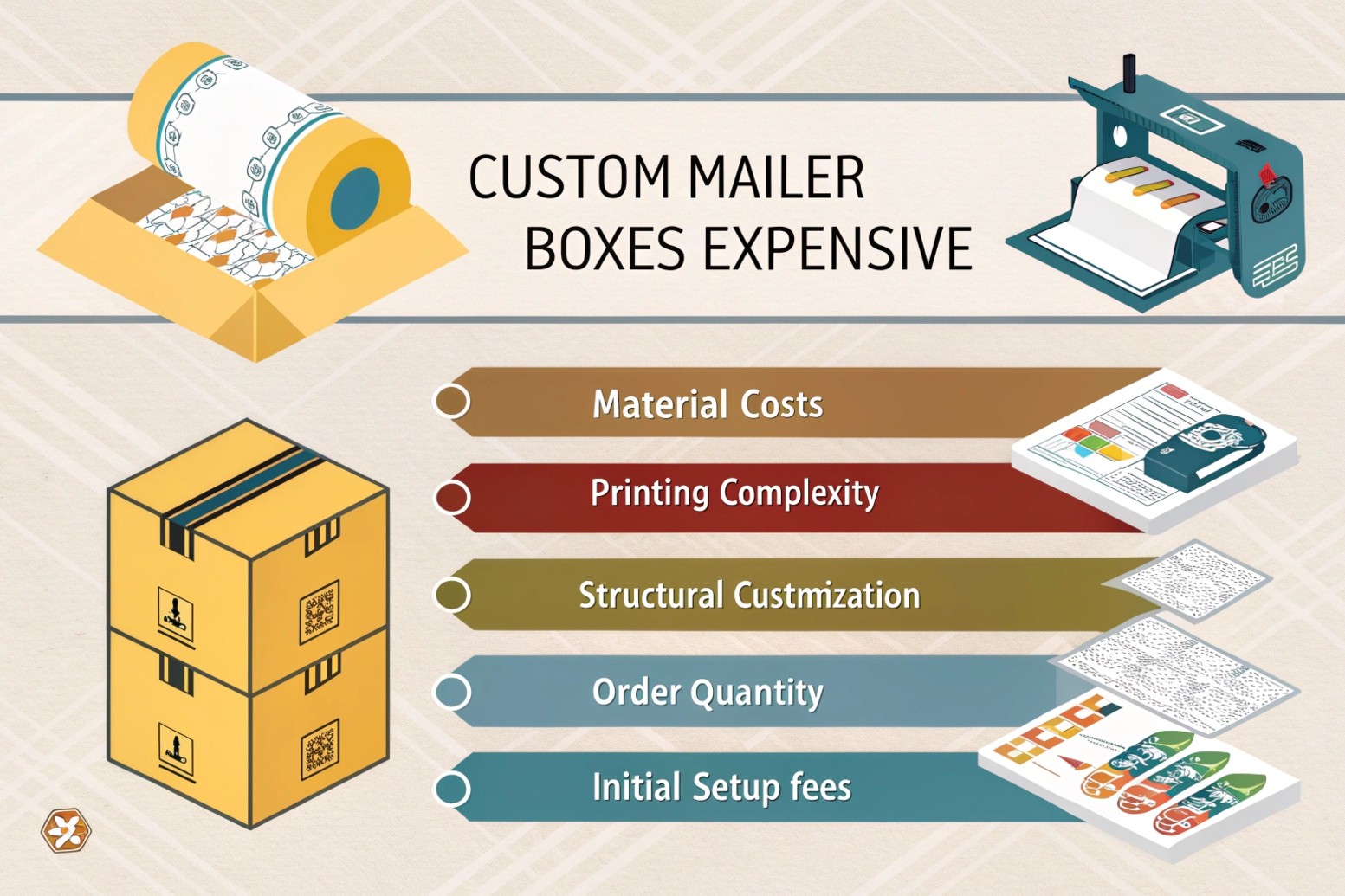
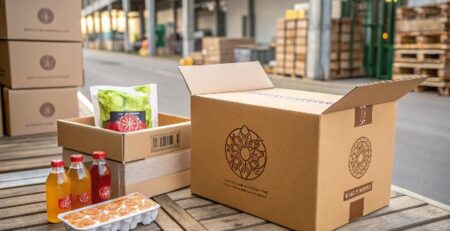




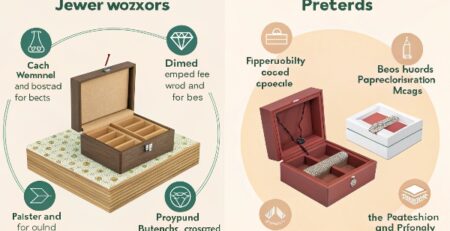
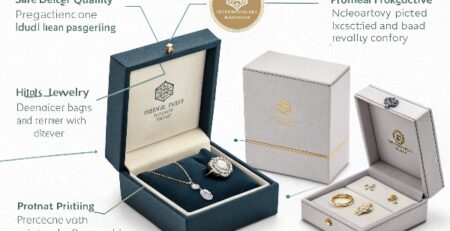
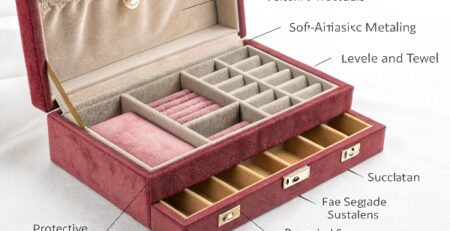
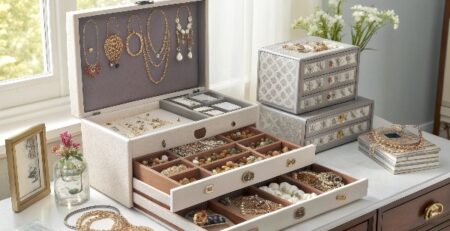
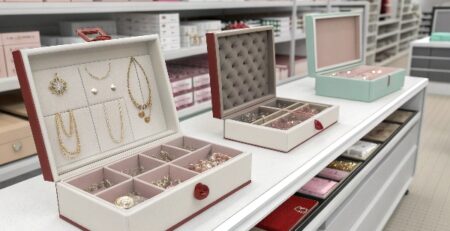
发表回复